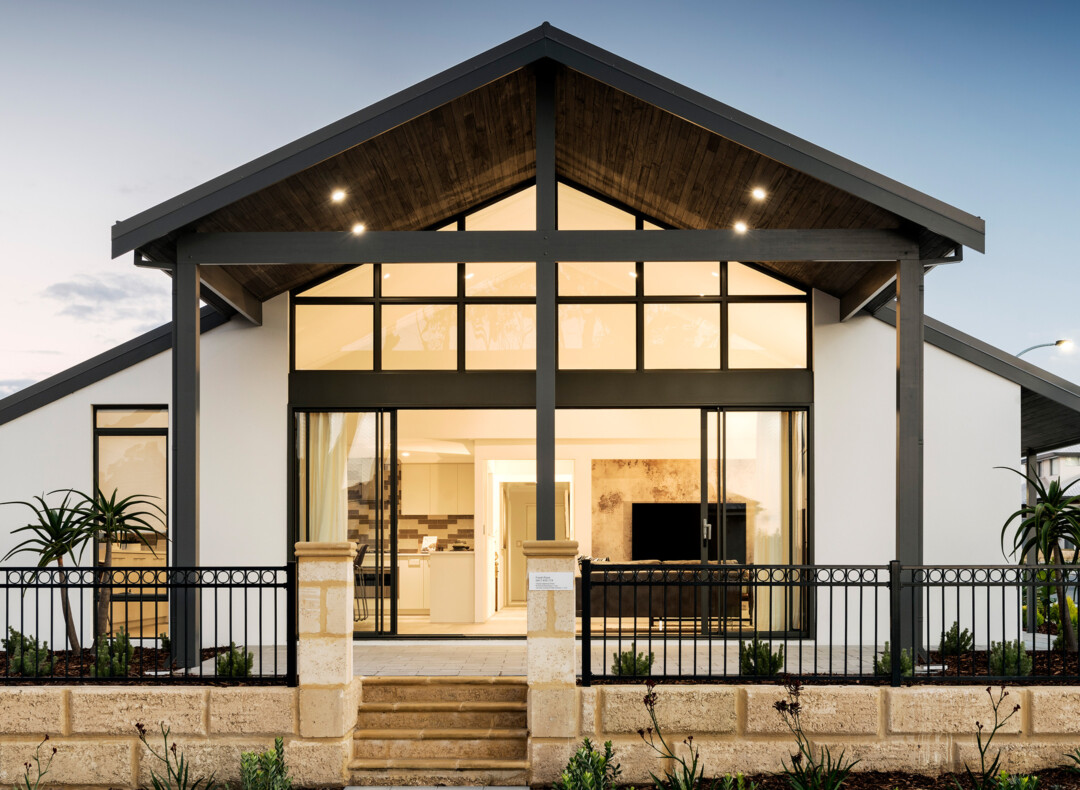All Categories
Featured
Table of Contents
Lifestyle - West Coast Double Glazing in Jandakot WA
Laminated glass is typically utilized in locations in the home most susceptible to injury from human effect such as restrooms, doors, around staircases and in areas near the floor (it fulfills the requirements of 'shatterproof glass' that is mandated for use in these locations by Australian Standard AS 1288 Glass in buildings).
Toughened glass has been 'tempered' by being reheated and quickly cooled once again. This process makes it much stronger than standard glass it can resist higher impact loads before breaking. It also makes it more secure because, when it does shatter, it breaks into lots of little cubic pieces instead of unsafe shards.
Single, Double Or Secondary Glazing, Which Is The Best ... in Leederville Western Australia
However, toughened glass has no thermal or acoustic advantages over other glass of the same toning or thickness. Secondary glazing is where single-glazed windows are retrofitted with a transparent acrylic or glass sheet connected to the within the frame or openable sash with a secondary frame or with magnetic strips.


Secondary glazing will not perform as well thermally as a produced IGU, since it is impossible to absolutely seal the perimeter, however it can supply excellent noise control. Window films are a thin polymer film including an absorbing color or reflective metal layer, with an adhesive support. They stay with your glazing to change its colour or make it reflective.
5 Benefits Of Double Glazing Windows in Trigg Western Australia
Applied to existing glass, some window films can halve the overall SHGC of the window by absorbing and/or showing solar radiation. This can be especially helpful in hotter climates where cooling is the main issue, or on east and west elevations directly exposed to extended periods of sunshine. However, window movies might likewise decrease noticeable light transmittance.

For this factor, it is usually best to use an accredited installer of window film. Frames have a significant influence on the thermal efficiency of windows and doors, since energy can be gotten and lost through the frame, along with through the glass. Various types of frame will allow various levels of heat gain and loss, so mindful option of frame is important for effective passive design.
Which Type Of Glass Is Best For Energy Efficiency? - A&l Windows in Kardinya WA
However, aluminium is also an excellent conductor of heat and will decrease the insulating value of a glazing unit, unless particularly crafted to lower this. A 'thermally broken' frame is made up of 2 aluminium areas connected by a structural insulator (usually a low-conductivity structural polymer). This 'breaks' the thermal connection through the aluminium and reduces the heat streaming through the frame.
Lumber frames are a good natural insulator that can fit some house designs. Wood frames ought to be made from types that have naturally high durability or be treated to prevent decay and contortion.
Keeping Your Cool: The Benefits Of Double Glazed ... in Perth
(weather stripping) is installed.
u, PVC doors and windows have outstanding thermal efficiency Picture: Ben Wrigley (Light Home Architecture and Science) Composite frames use aluminium profiles on the external areas with either a lumber or u, PVC inner section. These integrate the low maintenance and sturdiness of aluminium with much improved thermal performance.
Table of Contents
Latest Posts
Energy Efficient Windows At Everest in Lakes Perth
Single Vs Double Vs Triple - Which Window Is Right For Your ... in South Fremantle Western Australia
How Are Double Glazed Windows More Energy Efficient? in Safety Bay Western Australia
More
Latest Posts
Energy Efficient Windows At Everest in Lakes Perth
Single Vs Double Vs Triple - Which Window Is Right For Your ... in South Fremantle Western Australia
How Are Double Glazed Windows More Energy Efficient? in Safety Bay Western Australia